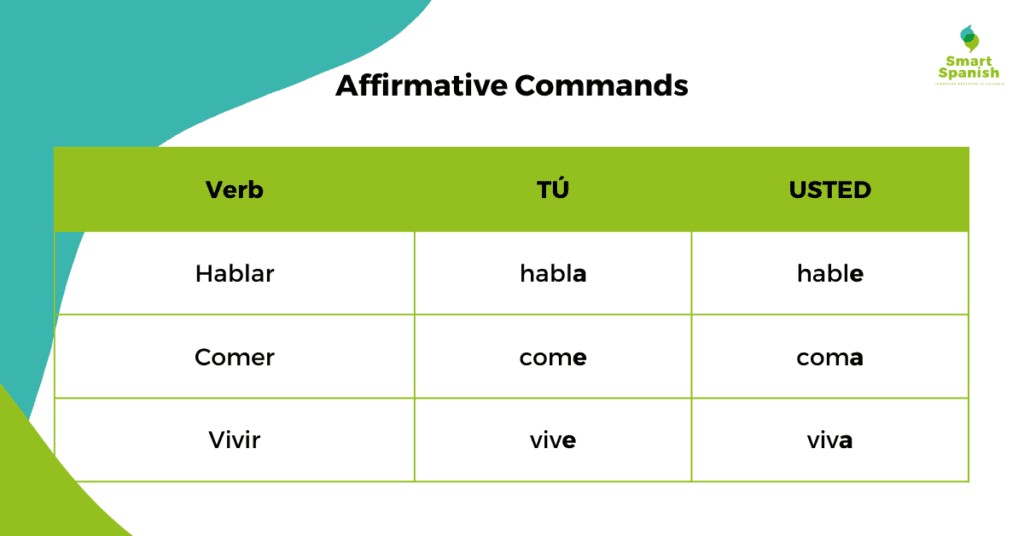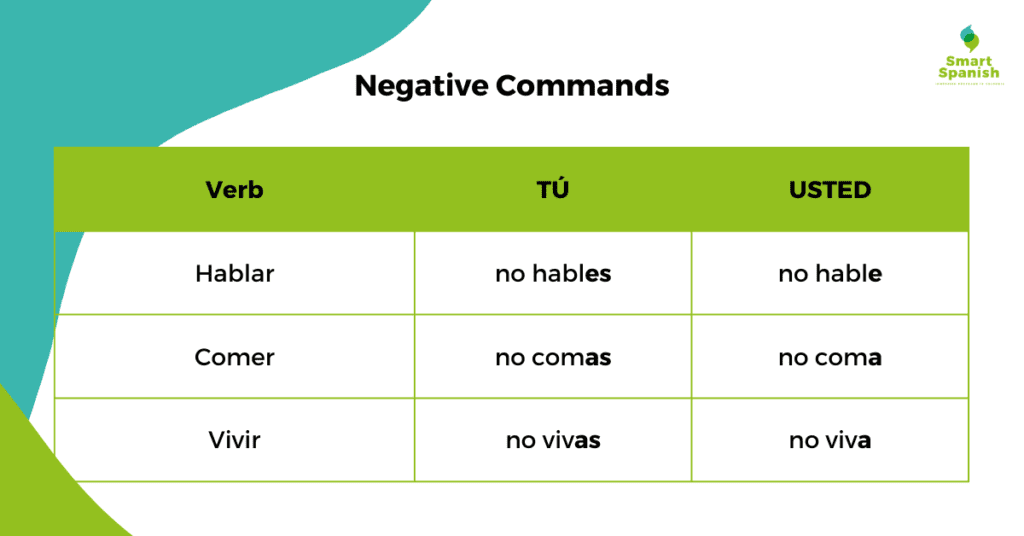Spanish Imperatives
In the realm of language, the imperative mood wields a unique power. In Spanish, imperatives are the linchpin of effective communication, enabling individuals to convey commands, instructions, and requests with precision. Whether you’re a language learner, a traveler, or a professional seeking to enhance your communication skills, understanding and mastering Spanish imperatives is a vital step toward fluency. In this blog, we’ll delve into the mechanics, applications, and nuances of Spanish imperatives, providing you with the tools to communicate with confidence and impact.
What Are Imperatives and Why Do They Matter?
At their core, imperatives are verb forms used to issue direct commands, make requests, or offer instructions. Imagine the power of phrases like “Listen carefully“, “Open the door“, or “Please, pass the salt“. Imperatives cut through linguistic complexities and enable straightforward communication, making them a cornerstone of daily conversations. Understanding how to wield them effectively not only enhances your language skills but also empowers you to engage meaningfully with Spanish speakers.
Mastering Imperative Forms
To navigate the world of imperatives, you must first grasp their diverse forms. Spanish imperatives vary depending on factors such as formality, familiarity, and whether the command is affirmative or negative. For informal situations, the affirmative tú form of the verb is often used, like “Habla” (Speak) or “Come” (Eat). In more formal settings, usted and ustedes forms are employed, such as “Hable” (Speak) and “Coman” (Eat). Additionally, the negative imperative involves placing “no” before the verb, resulting in constructions like “No hables” (Don’t speak) or “No comas” (Don’t eat).
Applications in Daily Life
Spanish imperatives find their way into countless everyday scenarios. From giving directions and making requests to expressing preferences and offering advice, they are versatile tools for effective communication. Picture yourself confidently ordering at a restaurant, directing someone through a city, or politely asking for assistance. Embracing the imperatives empowers you to navigate various situations with ease, opening doors to rich interactions with native speakers.
Forming Imperatives: A Closer Look
Understanding the mechanics of forming imperatives is crucial for navigating Spanish communication with finesse. The good news is that the process isn’t as complex as it might initially seem.
When it comes to the “tú” form of regular verbs, the imperative is usually the same as the third-person singular form of the present indicative. This means that for verbs like “hablar,” “comer,” and “vivir,” you’ll simply use the “tú” form conjugations you’re already familiar with:
- Hablar: Habla (Speak)
- Comer: Come (Eat)
- Vivir: Vive (Live)
For the “usted” form, you’ll use the third-person singular form of the present subjunctive. This might sound intimidating, but don’t worry, it follows a pattern as well:
- Hablar: Hable (Speak)
- Comer: Coma (Eat)
- Vivir: Viva (Live)
Affirmative vs Negative Commands
Now, let’s delve into affirmative and negative commands using our verbs as examples. The affirmative commands are straightforward. Simply use the conjugations we mentioned earlier:

Forming negative commands involves placing “no” before the affirmative command forms:

Navigating Nuances and Tone
As with any language element, context and tone are key when using Spanish imperatives. The same verb can carry different nuances based on intonation and situational factors. For instance, “¡Habla!” (Speak!) can be a firm command or an enthusiastic encouragement, depending on the context. Understanding these subtleties enables you to convey your intended message accurately while adapting to the dynamics of each conversation.
Practice and Polishing
The journey to mastering Spanish imperatives involves practice and a keen ear for native speakers. Engage with authentic content, such as movies, podcasts, and conversations, to familiarize yourself with how imperatives are used naturally. Additionally, language exchange partners or formal classes can provide valuable opportunities for hands-on learning and refining your skills.
Conclusion
In the mosaic of language skills, Spanish imperatives stand out as essential components for effective communication. Their ability to distill instructions, requests, and commands into concise phrases is invaluable. As you embark on your language-learning journey, embrace the power of imperatives. Whether you’re seeking to order your favorite dish, give directions to a lost traveler, or simply connect with native speakers, mastering Spanish imperatives unlocks doors to authentic and impactful interactions.
As the saying goes, “¡Habla y serás escuchado!” (Speak, and you shall be heard!)

